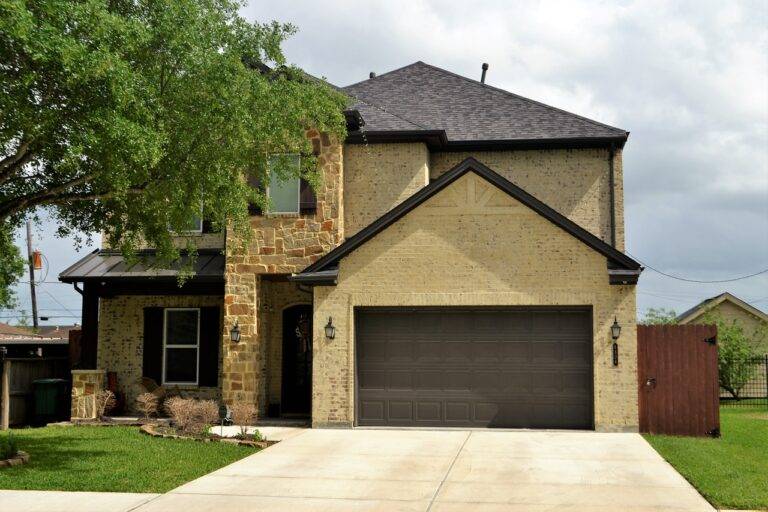Home Improvement for Disaster Preparedness
Natural disasters can strike at any time, often catching people off guard and unprepared. In such times of crisis, having a solid disaster preparedness plan in place can make all the difference in ensuring the safety of yourself and your loved ones. By taking proactive steps to prepare for potential emergencies, you can minimize the risks and damages associated with disasters.
Disaster preparedness involves a combination of planning, resource allocation, and training to equip individuals and communities with the necessary skills and tools to effectively respond to emergencies. From creating emergency kits to establishing communication strategies, being prepared can significantly reduce the impact of disasters on your life. Prioritizing disaster preparedness is not only crucial for your immediate safety but also plays a vital role in building resilience and fostering a sense of security in the face of uncertain events.
Assessing Potential Risks in Your Area
When it comes to disaster preparedness, one crucial step is assessing the potential risks in your area. By understanding the specific hazards that could impact your locality, you can better prepare and mitigate the effects of such events. Whether it’s flooding, wildfires, earthquakes, or severe storms, knowing what you might face allows you to create a tailored emergency plan.
Conduct thorough research on the common natural disasters or emergencies that occur in your region. Consult with local authorities, emergency services, and disaster relief organizations to gather valuable information. Additionally, consider historical data on past incidents to identify recurring patterns and trends. By being proactive in assessing potential risks, you can take the necessary precautions to safeguard your family and property.
Securing Your Home’s Structure
When it comes to securing your home’s structure, one key aspect to consider is ensuring that your roof is in good condition. Regularly inspecting your roof for any signs of damage such as missing shingles or leaks can help prevent structural issues during a disaster. Keeping your gutters clean and free of debris is also crucial in maintaining the integrity of your roof and preventing water damage.
Another important step in securing your home’s structure is reinforcing windows and doors. Consider installing storm shutters or impact-resistant glass to protect against high winds and flying debris. Additionally, reinforcing garage doors and entry points can help prevent structural damage and enhance the overall resilience of your home during a disaster.
Regularly inspect your roof for any signs of damage
Keep gutters clean and free of debris to prevent water damage
Consider installing storm shutters or impact-resistant glass on windows
Reinforce garage doors and entry points to enhance overall resilience
Why is it important to secure my home’s structure in disaster preparedness?
Securing your home’s structure can help prevent further damage during a disaster and keep you and your loved ones safe.
What are some ways to secure my home’s structure?
Some ways to secure your home’s structure include reinforcing walls, roofs, and foundations, securing heavy furniture and appliances, and installing impact-resistant windows and doors.
How can I assess the potential risks in my area?
You can assess the potential risks in your area by researching common natural disasters, contacting your local emergency management office, and conducting a thorough inspection of your home for vulnerabilities.
Should I hire a professional to help secure my home’s structure?
Depending on the extent of the work needed, it may be beneficial to hire a professional contractor or engineer to assess and reinforce your home’s structure for optimal safety.







